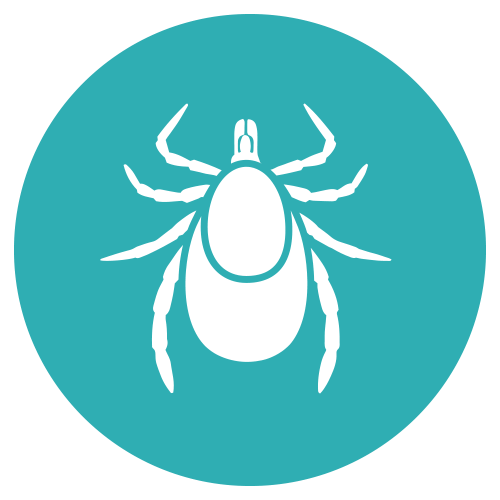Ectoparasites / vectors
Rs (Rhipicephalus sanguineus)
Ir (Ixodes ricinus)
| Treatment exposure modality: | Tarsal with choice |
| Efficacy type: | Repellency (%) |
| Stock solution: | 20 mM in EtOH or MeOH |
| Compound quantity: | < 15 mg |
| Positive control: | Deet |
In Brief:
The new Invenesis adult tick repellency test is designed to accurately measure (via machine vision) the repellent or deterrent effect of compounds or natural extracts on adult ticks.
The test involves using a rectangular glass plate as a reading arena, where a paper strip is placed and treated with 100 µL of the substance being tested. The strip separates two zones: a “deposit” and an “arrival” zone. Then, five flat adult Rhipicephalus sanguineus ticks are placed in the “deposit” zone, and each tick’s movements are tracked by our automatic recording system for minimum duration of 5 min. We finely evaluate the ticks’ ability to pass through the treatment and
reach the “arrival” zone. Depending on the desired outcome, various parameters can be measured, such as repellency, deterrence, attractiveness, tick velocity, and the frequency of their movement in each zone.
Definitions:
To ensure flawless communication, the following definition section introduces the vocabulary used at INVENesis. You will find this vocabulary on our quotes, raw data files, processed data files, preliminary and final reports. Open the Lexicon below.









